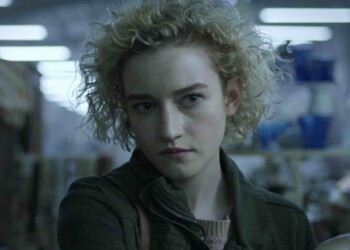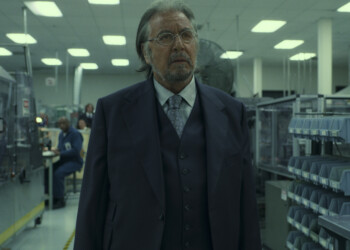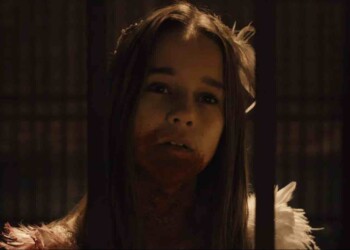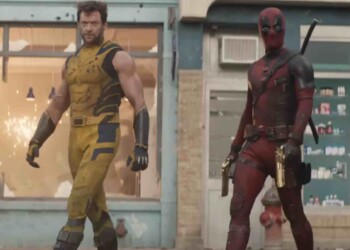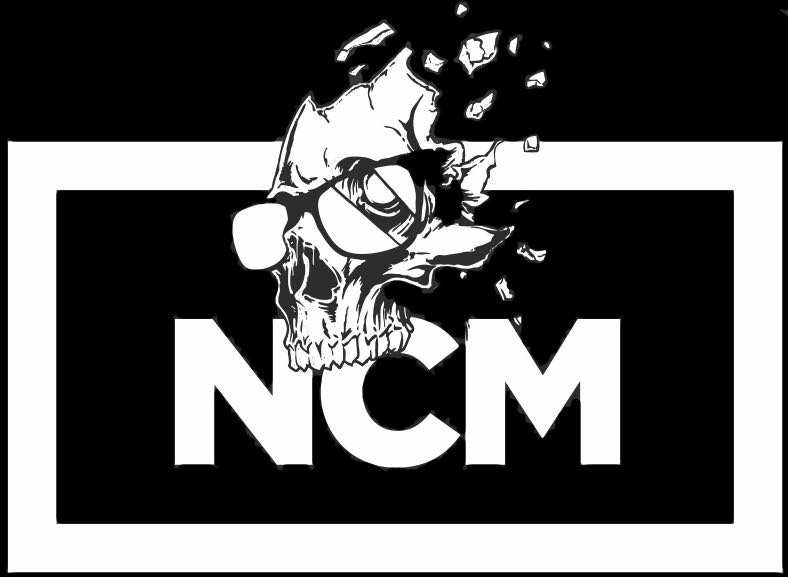Dracula debuted last Friday night with a Jonathan Rhys-Meyers in the lead role telling a new version of the Bram Stoker classic but can you sink your teeth into this one or should we just stake it already?
By Damon Martin — Editor/Lead Writer
The new series Dracula debuted on NBC Friday night with Jonathan Rhys-Meyers taking over the fangs this time in a new re-telling of the classic Bram Stoker tale about the world’s most famous vampire.
The series is headed up by Daniel Knauf — for those unfamiliar he was the creator and head writer on the brilliantly underappreciated classic Carnivale on HBO. Knauf is a great creative mind, and if there was any justice in this world HBO would find a way to mercifully put Boardwalk Empire out of its misery and restart Carnivale to give it the ending Knauf never got the chance to conclude. I digress…
Knauf is heading up Dracula, which is a new version on the old story although the characters from the book are still intact; they are just in much different roles this time around. Now this series is literally one episode in so it’s probably not fair to grade Dracula with a pass/fail rating right now, but hopefully I can give you a few pros and cons to make you decide whether you want to set up your DVR for next Friday night to catch up on this new series or if it’s already time to put a stake in this one.
PLOT
In this story of the world’s greatest vampire, Dracula is awoken at the start of the debut by a mysterious man who feeds him the blood he needs to come back to life after what appears to be a very long slumber. The show then cuts to London in the late 1800’s where Dracula has taken on the form of a rich, American businessman named Alexander Grayson. The goal of this Dracula is to get revenge on an ancient group known as The Order of the Dragon — essentially the Illuminati, who are behind the scenes pulling the strings on every major event the world over that you’d ever imagine.
Dracula along with his servant Renfield are battling this group by a more modern method than just ripping their throats open and feasting on their blood. Instead, Dracula means to crush them from the inside out by taking away their funding with a new wireless electricity he’s designed that could cripple the Order of the Dragon’s main income source, which is petroleum.
The classic Stoker characters are here just in different forms — Jonathan Harker is a journalist hot on the trail of a good story. Mina Murray is a medical student, who immediately catches Dracula’s eye as she reminds him of the woman he lost as she was burned at the stake by the Order of the Dragon (thus the revenge plot). Abraham Van Helsing is a professor teaching Mina, and as it turns out SPOILERS — he’s the one that freed Dracula from his deathly crypt because he too, wants the Order of the Dragon to suffer.
ACTING
Jonathan Rhys-Meyers is a fantastic actor who was absolutely brilliant in the Showtime series The Tudors. He plays Dracula this time around, and he’s a man of two minds in the role, which unfortunately takes away from the performance as a whole. When Meyers is suited up and playing Alexander Grayson, he’s a perfectly dressed and dapper proper businessman. He uses a pretty awful American accent, but I’m assuming that’s because it’s meant to stick out like a sore thumb because he’s not American. His scenes with Renfield really play the best, at least in the debut episode.
Where Meyers struggles is when the role of Dracula takes him the physical world. His throaty and wild-eyed looks when he shows his fangs doesn’t scare anyone and he’s not a physically imposing or frightening character in those moments.
The biggest standout at least through the first episode was Nonso Anonzie aka Xaro Xhoan Daxos, who most people will remember from Game of Thrones. In Dracula he plays the servant Renfield, and he quietly takes over the scenes he’s involved in. A physically imposing figure, Anonzie can shrink down to where he seems like he’s barely on screen playing such a mousy butler to Meyer’s Dracula, but something tells me he’s going to loom large at some point this season if the show sticks around.
The rest of the cast is pretty forgettable, unfortunately. No one stands out much at least through the first episode except for Victoria Smurfit and that’s mostly because of the dresses she’s wearing. Otherwise, not a single character burns on screen, although maybe that’s the point considering the show is centered around Dracula.
The one disappointment that stands out the loudest through one episode is Thomas Kretschmann, who portrays Dracula’s age old enemy Abraham Van Helsing. In this version of the story, Van Helsing is actually aiding Dracula, and that’s a big plot point that’s given away during the first episode when seemingly something like that would have been a great giveaway later in the season when it appeared he was stalking the vampire all year long. Regardless, Kretschmann whimpers and sulks at the side of Dracula, and in no way seems like an imposing force almost meant to be his equal or at least as equal as you can get next to an immortal blood sucking vampire. Through the debut, Kretschmann was just forgettable and maybe that will change but so far I’m not buying him at all.
COSTUMES AND DESIGN
These were done well enough for a period piece. The suits and dresses all looked authentic, but one thing I love about a show like Mr. Selfridge is that not only do they get the costumes correct, the actors wearing them pull it off. That doesn’t happen in Dracula. It feels like the characters are playing dress up and not fully committed to the outfits they’re wearing. Something feels off with the set designs and suits and dresses, almost like they were picked out from a generic Halloween catalog instead of being thoughtfully mastered by a designer with each one more meticulously put together than the last. Again, a minor flaw but still one that stood out.
ACTION SCENES
This is the part of Dracula I struggled with the most through the debut, especially one particular fight scene towards the end. I get over the top CGI and cinematography when a movie calls for it. Films like The Matrix wouldn’t be the kinds of movies they are without those over the top, choreographed fight scenes. Then again there’s something to be said about the in close, bloody and brutal nature of a good fight scene like on a show such as Game of Thrones. The producers behind Dracula decided to go more Neo instead of Ned Stark and that was a major disappointment.
FINAL CALL
Let me reiterate one more time before I finish — I’ve only seen a single episode and I’m not sure any series can truly be graded after only 60 minutes of development without more time to introduce characters, build those characters and create a real story arc.
That said, Dracula through 60-minutes in the debut didn’t get its fangs into me. It was a show that became largely forgettable by the time it was over. Before writing this recap, I actually had to go back and rewatch a few scenes because nothing really stood out for me that I knew I just had to write about when describing this show to a reader. Jonathan Rhys-Meyers is adequate in as much as to say he’s good as Grayson, bad as Dracula. Revamping (no pun intended) the story and giving Dracula something new to fight for and essentially turning him into our hero is a good idea, but it just didn’t go anywhere genuine. It feels like this re-telling of Dracula would have played decent as a two hour movie, but not sure it works as an entire series.
Will I tune into watch more episodes?
Yes, I will give it at least two more weeks before I decide whether or not this show should get the plug pulled or not, but admittedly a large part of that three week devotion comes from my love of all things Daniel Knauf and believing that Meyers can pull it together as Dracula. If the next two episodes follow suit as the debut, however, this series will have a stake in its chest faster than you can say ‘Call Buffy’.
Overall the Dracula debut gets a 2 out of 5 on the Skolnick scale


